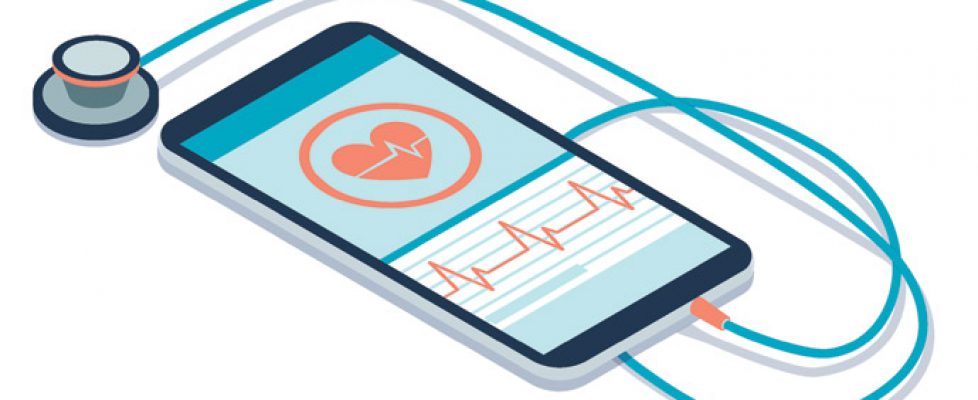Payer Strategies For Home Healthcare, Remote Patient Monitoring
By implementing certain home healthcare and remote patient monitoring strategies, payers can boost their value-based care delivery.
September 25, 2020 – Home healthcare and remote monitoring are increasingly critical to providing value-based care, improving quality while keeping costs low.
Experts have discovered that, in some cases, remote patient monitoring can provide superior quality of data when compared to wearables. In one study, a remote patient monitoring tool allowed providers to more accurately predict 30-day hospital readmissions.
Additionally, receiving certain forms of care at home instead of in the hospital can lower healthcare spending. Administering specialty drugs at home or in a provider’s office lowered healthcare spending by $4 billion, a UnitedHealth Group study found.
As a result, these are solutions that payers should be—and often are—very invested in executing.
There are a variety of strategies to implementing home healthcare and remote patient monitoring, including targeting recipient populations, gaining member trust, and more.
HOME HEALTHCARE STRATEGIES
Telehealth is a key aspect of modern home healthcare. As healthcare systems engage in a digital transformation, they have found that telemedicine enables them to engage with patients in their surroundings and observe social determinants of health at a proximity that might not otherwise be available to them.
However, often one critical procedure that cannot be conducted over the phone is screening for chronic conditions, opening the door for other home health modalities.
Payers s are experimenting with home delivery for preventive care testing kits. Testing kits already exist for a couple of key chronic diseases.
Payers have started implementing this solution for members who are at-risk for diabetes or colon cancer so that they can assess their risk level without visiting a provider in person.
Humana has promised to mail out more than one million care packages to members who are at-risk for either of these conditions.
Payers should also appropriately target member populations that will benefit the most from at-home care.
Some plans are very specific in how they target their home healthcare products. However, others center their home healthcare offerings around a more general group of high-cost patients.
For example, Aetna’s Medicare Advantage health plan partnered with Landmark Health to create a home healthcare program that served members with multiple chronic conditions.
USING HOME HEALTH FOR CAREGIVER, FAMILY ENGAGEMENT
In the midst of serving the member, payers must not forget to also support caregivers. Caregivers are often under immense financial and physical strain.
Care coordination services may ensure that caregivers feel well-supported.
Cigna has a home healthcare program designed to support severely ill members in need of palliative care. The program assigns a care manager to severely ill members, who develops a holistic care plan for the member.
“Cigna’s home-based program can include a nurse practitioner, RN, social worker, chaplain, and other identified individuals that may serve the needs of the member or their family and caregivers. Goals of care are discussed frequently to make sure that the member’s wishes are at the center of the care plan,” a recent study of the program summarized.
REMOTE PATIENT MONITORING STRATEGIES
Remote patient monitoring technologies are also growing in importance. These tools arm providers with data, even when the patient is outside of the provider’s office.
Contrary to common wisdom, innovation is not always the answer. Payers do not need to build brand new tools in order to take advantage of remote patient monitoring benefits.
UnitedHealth Group discovered this when it designed its Level2 program to help members control their type 2 diabetes.
Instead of forging a new remote patient monitoring device to track insulin levels, the payer based its strategy on a continuous glucose monitor. These monitors are usually used to track insulin use in type 1 diabetes, but the UnitedHealth Group team used it to get immediate data on blood sugar fluctuations.
While the payer did create an app that connected that data with actionable steps for the member to take, the basic concept for this product was already in existence and ready to use.
Remote patient monitoring can be key to ensuring treatment and medication adherence.
However, in order to maximize this function, payers should build trust with members by sharing data with them from the remote patient monitoring platform.
UnitedHealth Group recognized the benefits of building member motivation by sharing Level2 remote patient monitoring data. When members could see their own improvements and receive action steps, they were more excited to pursue treatment.
“For a lot of people, just giving them a little, tiny sliver of success is enough to motivate and precipitate this chain reaction that allows people to be open to dietary changes and other steps towards a healthier lifestyle,” Amy Meister, DO, chief executive officer of Level2, told HealthPayerIntelligence.

